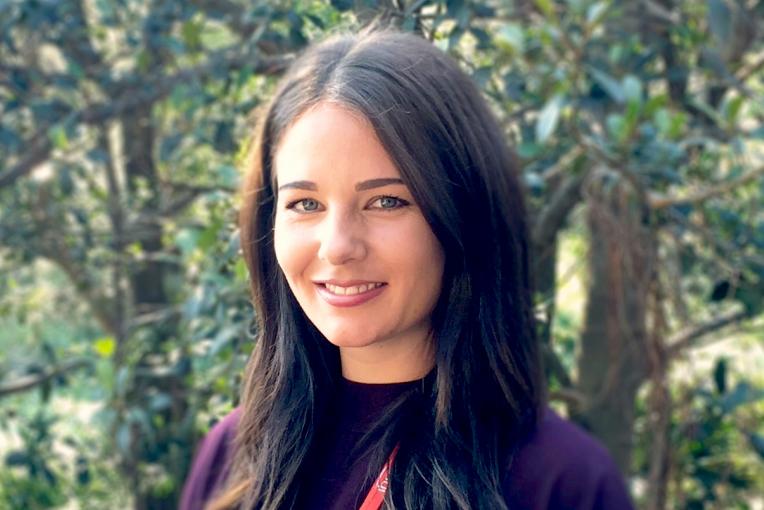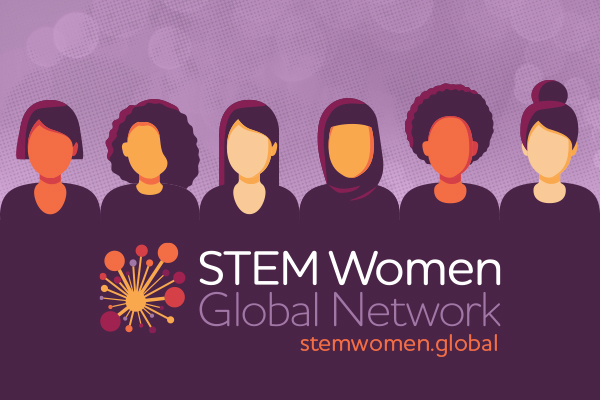
Natalie Matosin
NHMRC Research Fellow
Illawarra Health and Medical Research Institute, University of Wollongong
Contact me for
- Mentoring
- Sitting on boards or committees
- Providing an expert opinion
- Outreach activities
- Conference presenting
- Opportunities to collaborate
Biography
The Matosin Lab broadly aims to understand how stress contributes to the development of mental illness. The lab has two main streams:
(1) In the first stream, we aim to understand what happens to the cells and molecules in the human brain after stress exposure or in mental illness. To do this, we study human brains donated to science by people who used to live with a mental illness and/or had very stressful lives. Tiny slivers of brain or pieces no larger than the size of a pea are used to pinpoint differences in the shapes, numbers, orientation and connections of brain cells, as well as what is happening inside them from the level of the gene to the protein. This research provides the fundamental knowledge needed to develop new treatments and interventions.
(2) In the second stream, we aim to understand what are the long-term and sustained effects of stress on the human body, and then to build a framework for identifying people who are at risk to mental illness and ways to improve their resilience. Our group is also interested in how the effects of stress and trauma can be passed from parent to offspring, therefore having transgenerational impact. To address these questions, we study biological samples – including saliva, blood, and breast milk – and psychological data from people and communities who have been heavily stress exposed. By studying human tissues and fluids that are easily accessible and minimally invasive to collect, this research provides the possibility to develop ways to (a) screen for people at risk to the detrimental effects of stress, (b) identify who could benefit from specific treatments and interventions, and (c) design those treatment and interventions.
Natalie identifies as culturally and linguistically diverse.

 Resources and Opportunities
Resources and Opportunities Women in STEM Champions
Women in STEM Champions
 Contact
Contact